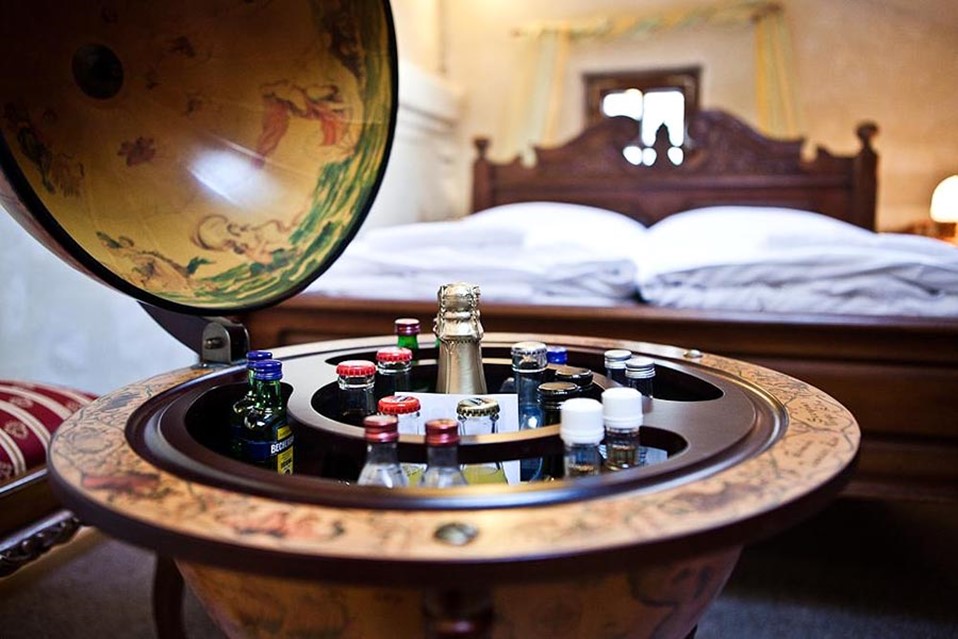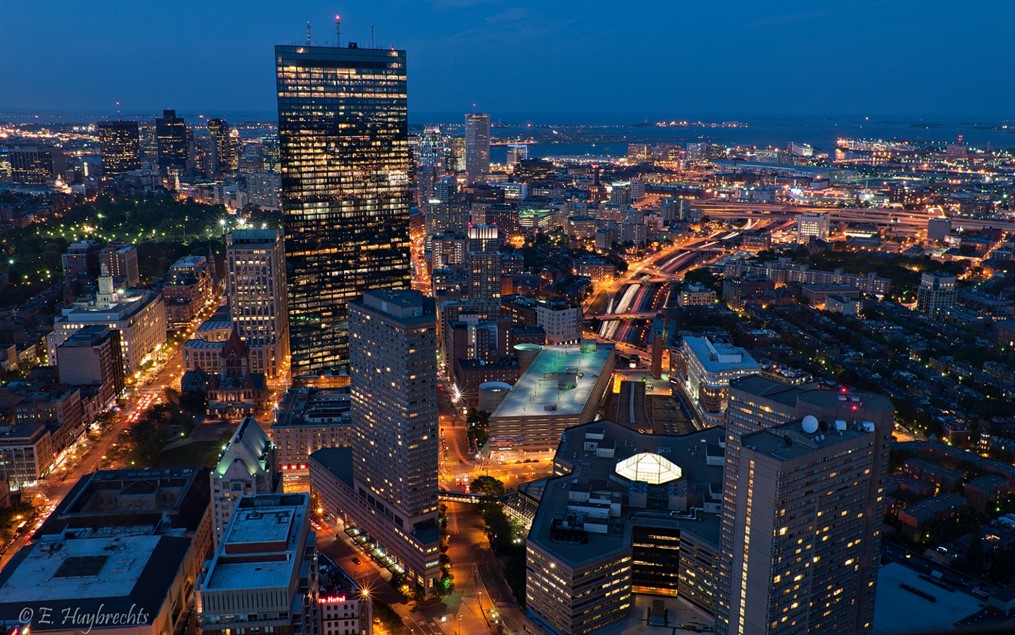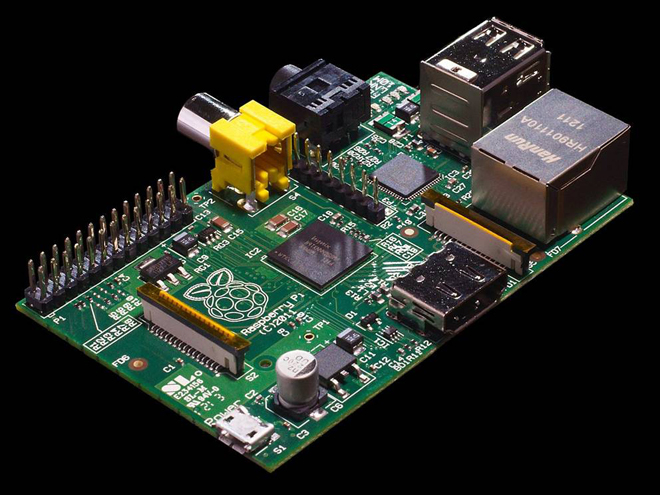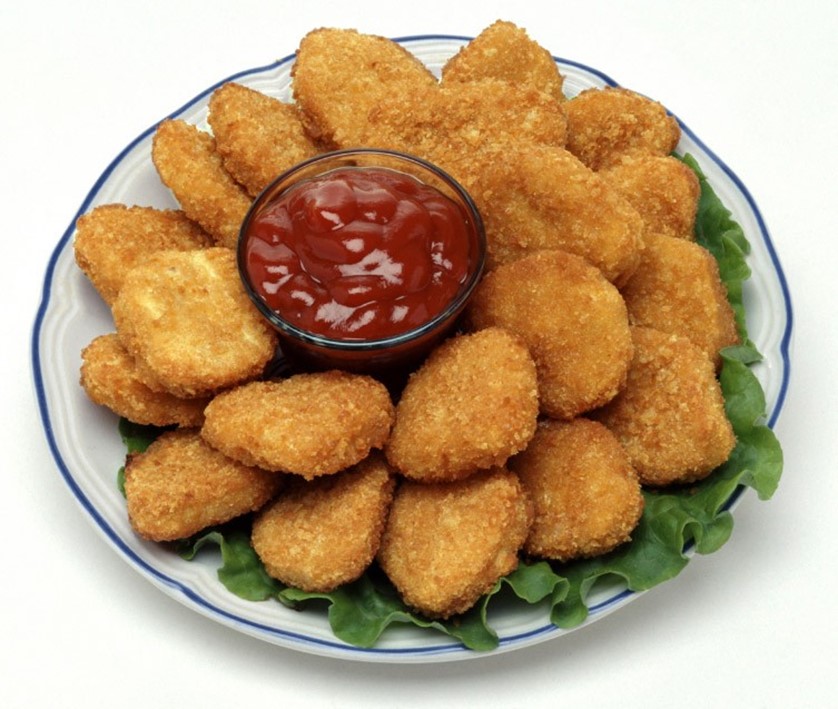Drugs To Help Prevent Hearing Loss
April 26, 2013 in Daily Bulletin

You would be forgiven for thinking that deafness is something that can’t be prevented with medicines. But perhaps it is, writes Helen Carmichael:
- Noise induced hearing loss (NIHL) is caused by hairs in the ear becoming damaged. This can be ‘mechanical’, caused by vibrations.
- It can also be because of ‘free radicals’ (reactive chemicals) being produced by the ears’ surface cells after loud noises. These free radicals also destroy fragile ear hairs.
- This is an ongoing process; the free radicals are present for 7-10 days after exposure to elevated noise levels.
- A wide range of chemicals can help remove free radicals; including taking magnesium supplements.
- Test are still in the trial stage, but a variety of studies suggest that there are a large number of possible drugs that could be taken routinely, or after exposure to loud noises, that would help mitigate hearing damage.
- The market for NIHL preventing drugs is estimated to be worth a potential $2 billion. The hearing implants and devices market is currently worth around $6 billion.
Free radicals are only part of the picture, but if workers who are exposed to loud noises could help mitigate their hearing loss through routine supplements then so much the better. Read more in this chemistry-focused article over here









Join the Discussion! (No Signup Required)